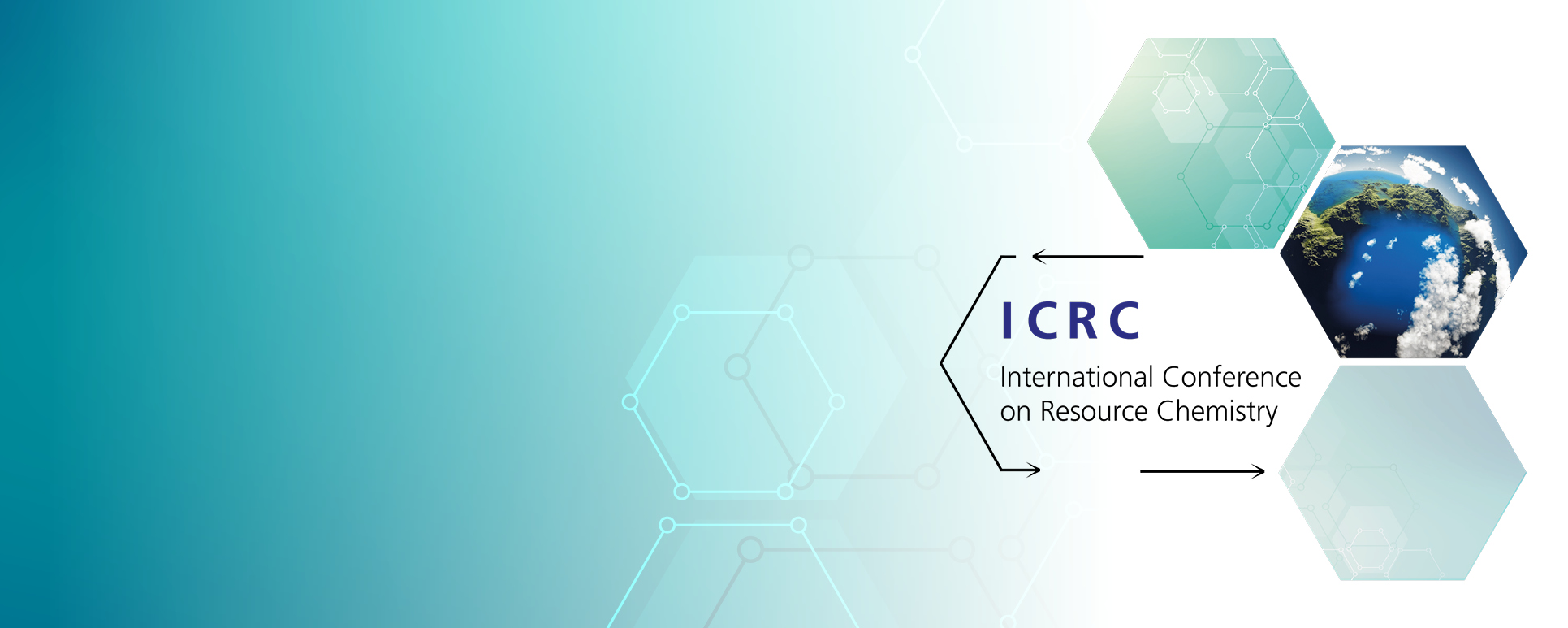Dr. Stephan Schunk: Where do we stand in the Digital Transformation R&D Related to Materials Sciences?
Digital transformation efforts in academia and industry have become a trending topic within the last decade. The topic is branded as “Digitalization” and associated to the high-tech agendas of leading enterprises and academic organizations seeking to embrace the potential of change. The four guiding principles which are the core elements that are addressed within the context of industry 4.0 are interoperability, information transparency, technical assistance, and decentralized decisions. It is not self-evident how these principles can have an impact on research and development in both environments: industrial and academic. Natural sciences, and especially chemistry, are science disciplines with a strong tradition and are based on knowledge about chemicals and materials, physical chemistry as foundation and as experimental sciences follow the traditional canon of experimentation together with resulting experimental evidence and interpretation of the obtained results. In the era of digital transformation given the fact of an increased availability of data together with improved modelling capacities, the potential to predict behavior of complex chemical systems and the opportunity to do more targeted experimental work with an increased amount of fully automated and integrated devices the traditional workflows followed in R&D can be questioned – do these traditional models still fit to the digital transformation that industry and academia are targeting at? Can or should R&D be decoupled from digitalization – and what will be the role of academia within the context?
The lessons learned up to now in both, academia and industry can help in many aspects to further accelerate the digital transformation efforts within research and development in materials sciences – in both: academia and industry. Apart from common standards used throughout the communities to enable machine readability of data, access to experimental data of measurable of high quality are two of the core elements, which allow the assessment of chemical properties through an integrated data view and enhanced by modern data analysis methods with high efficiency. Nevertheless, one of the major challenges that still must be worked on is the closure of the information cycle to the disciplines dealing with theoretical approaches in materials sciences. The oral contribution will focus on demands of digital approaches materials sciences and also which approaches can be taken in the materials science arena as a community of practice to arrive at a state where theory and practice can work synergistically through digitalization.
